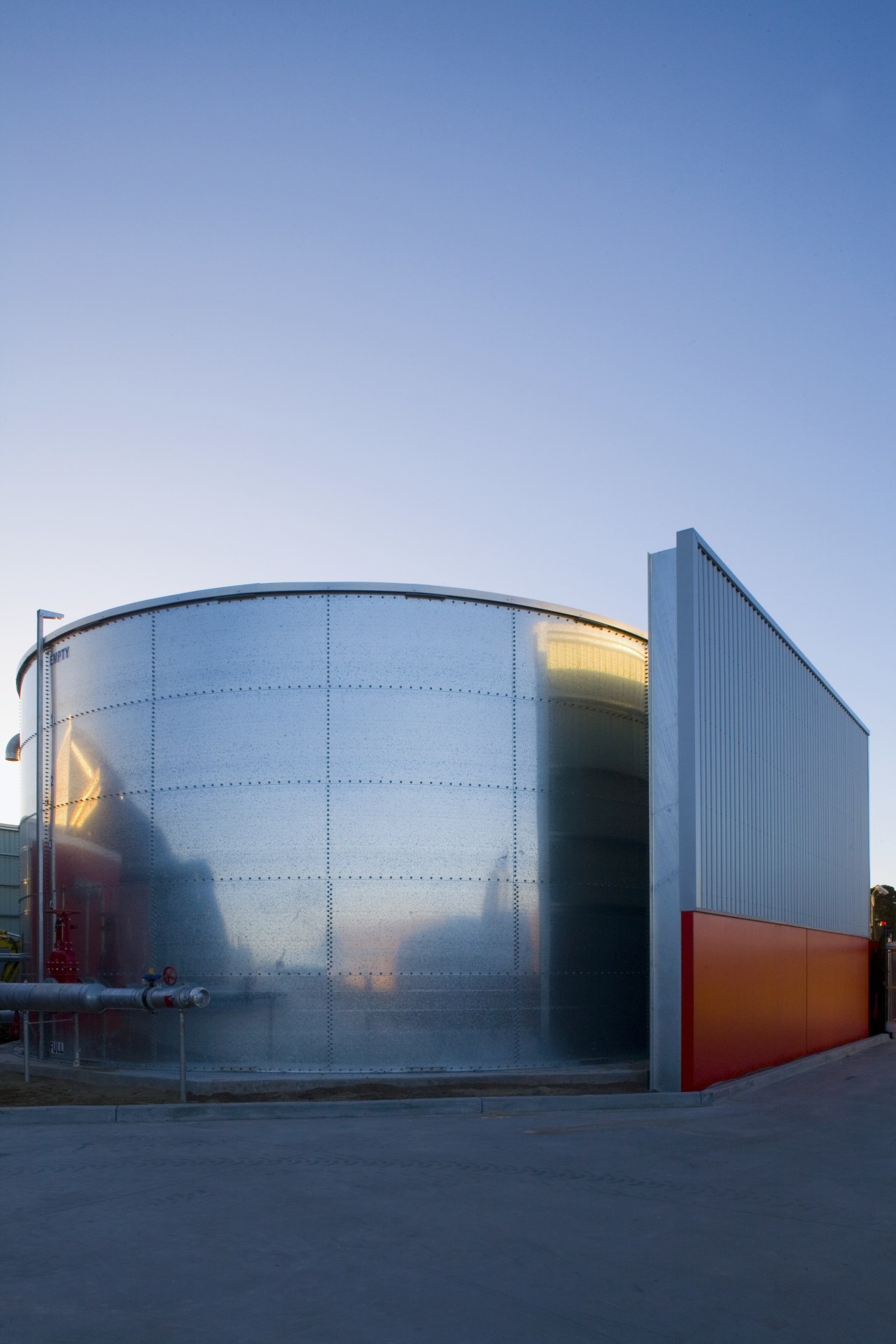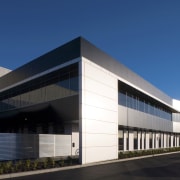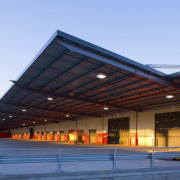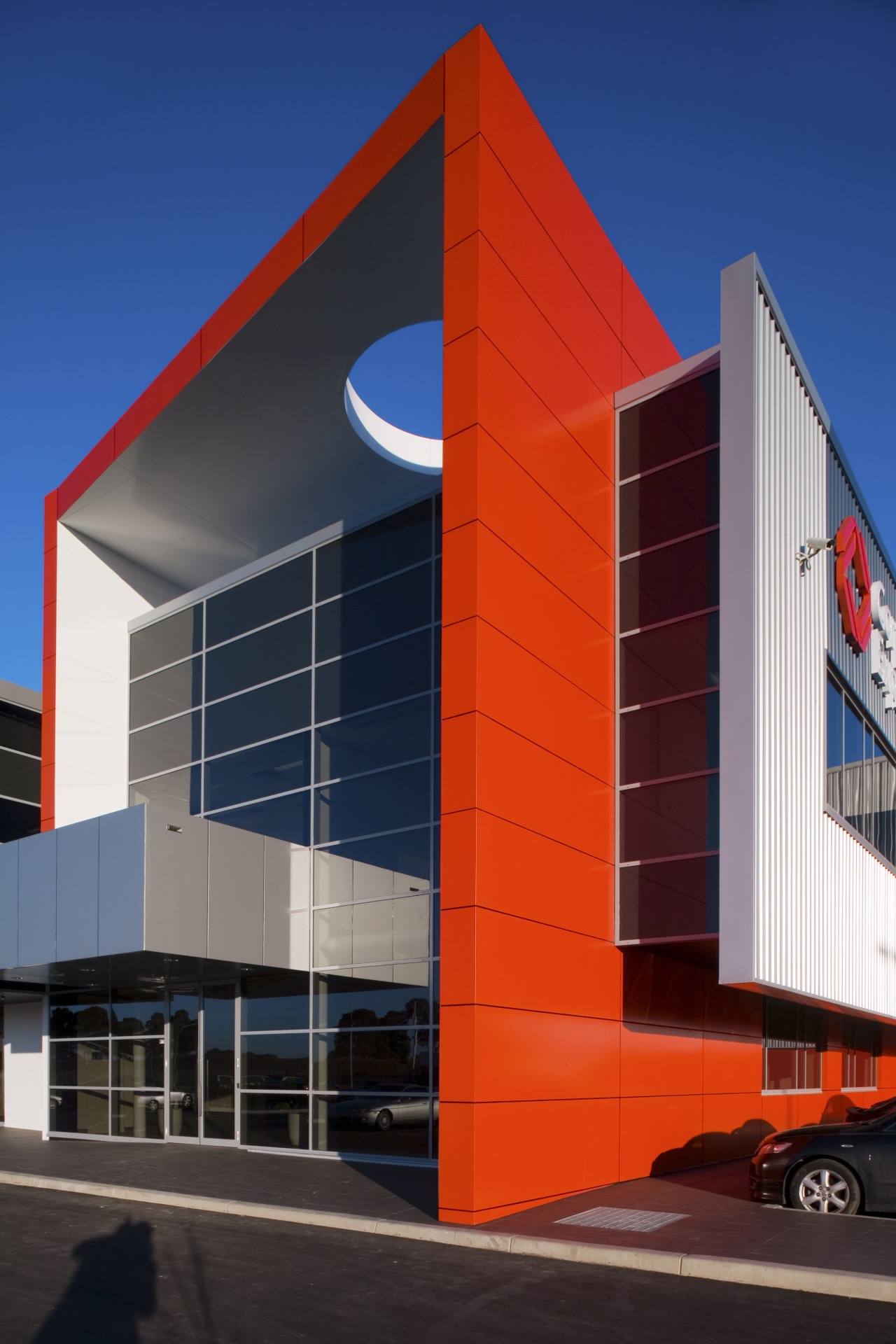Industry first
With water-saving functions and cleaner electricity generation, this development demonstrates that the use of ESD principles is not confined to the commercial sector

While it is becoming increasingly common for commercial developments to adopt Environmental Sustainable Design (ESD) practices, these ideas are less often seen in the industrial sector. The new distribution centre for Corporate Express at Erskine Park, NSW is a leading example of sustainable development for the industrial sector in Australia.
Developed and built by Australand, the 8ha facility has been created to consolidate six separate facilities for Corporate Express and is set to become an industrial environmental showpiece encompassing a range of cost-effective and innovative sustainability techniques. Australand's northern general manager for commercial and industrial development, Reini Otter, says the company worked collaboratively with Corporate Express to explore the environmentally sustainable design potential of the project.
"We started with the fundamental site-specific considerations of orientation, environmental protection and sun-shading devices. The building is orientated to the north for maximum natural light, with large overhangs protecting the windows, and solar performance glass. From an energy perspective, the Corporate Express facility will save an estimated 1600 tonnes of carbon per year, which is the equivalent of removing 400 cars from the road," he says.
Garry Chalmers, chief logistics officer for Corporate Express, says a significant portion of these savings is due to the introduction of a co-generation system that produces primary power and supplies energy to the entire building and facility. This form of electricity generation produces less carbon emissions than traditional coal-burning methods.
Australand also has a long-term commitment to reduce water consumption in all its facilities by at least 35%. In this development, rainwater harvesting, as well as a careful selection of water-saving fixtures in wet areas, results in a significant reduction in water use. A dual plumbing system means that rainwater is reused for toilet flushing. HDPE (high density polyethylene) pipes have been used to reduce the use of PVC. Grass verges, rather than in-ground drainage, are used to collect stormwater that is directed to a system of bio-filtration and retention ponds, improving the quality of site stormwater run-off.
Workplace conditions are improved through the use of low volatile organic compound paints and low-formaldehyde MDF panelling, which reduces out-gassing and improves air quality. Carpets with a high component of recycled content further reduce the carbon footprint of the project.
The use of pulse start lamps in conjunction with zoning, motion sensors and a C-Bus system in the office has a significant impact on energy use. Lighting for the entire office floor can be programmed to switch on and off at predetermined times, eliminating after-hours wastage. The C-Bus system also allows the lighting to be programmed to turn on in sections of the office or corridors after hours if required, providing complete flexibility.
The large warehouse space had the potential to be a major source of energy consumption, so this was addressed in both the design of the external fabric and the lighting system itself. During the design process, the inclusion of a ridge vent instead of mechanical fans in the warehouse helped minimise the energy consumption while ensuring an optimal working environment.

Skylights planned for the warehouse were increased in area, potentially saving on average 12 hours of electric light usage per day over one year. Dimmable (dual ballast) lights working in conjunction with sensors can be switched off automatically when enough natural light is transmitted through the translucent sheeting, or to operate on a lower lux level on cloudy days.
Australand has successfully employed a wide range of ESD techniques to achieve a cost-effective and innovative solution for the Corporate Express facility that not only provides general environmental benefits, but also a healthier work environment for its staff.
Australand is one of Australia's leading diversified property development groups, with offices in Sydney, Melbourne, Adelaide, Perth, Brisbane, Singapore and Hong Kong, and is listed on the Australian and Singaporean Securities Exchanges. Australand's Commercial & Industrial business has one of the largest industrial landbanks in Australia, with strategic holdings in key industrial precincts around the country. It has developed specialist facilities for some of Australia's leading brands, including LG Electronics, Unisys, Coles, TNT, Qantas, Nestle, KPMG and PriceWaterhouseCoopers.
For further information, contact general manager of developments Ian Barter at Australand, phone (02) 9767 2095, mobile (0411) 859 963. Email: ibarter@australand.com.au, or view the company website: www.australand.com.au.
Story by: Trendsideas
Home kitchen bathroom commercial design
From farmhouse to farmstead
Walk this way – garden pathways to lead your thinking
Bigger or smaller?









